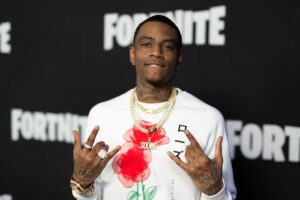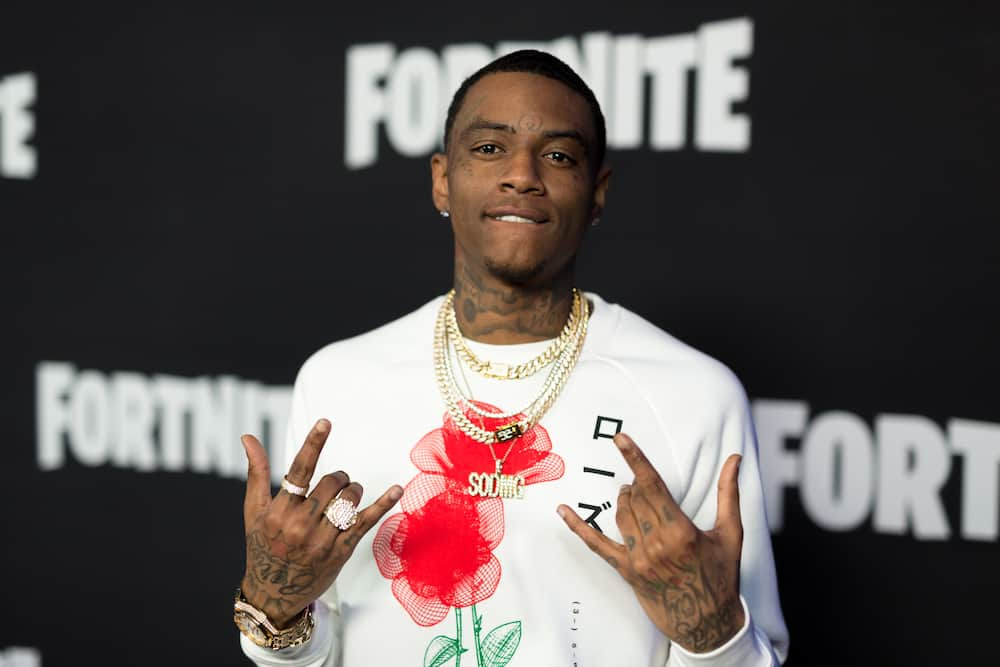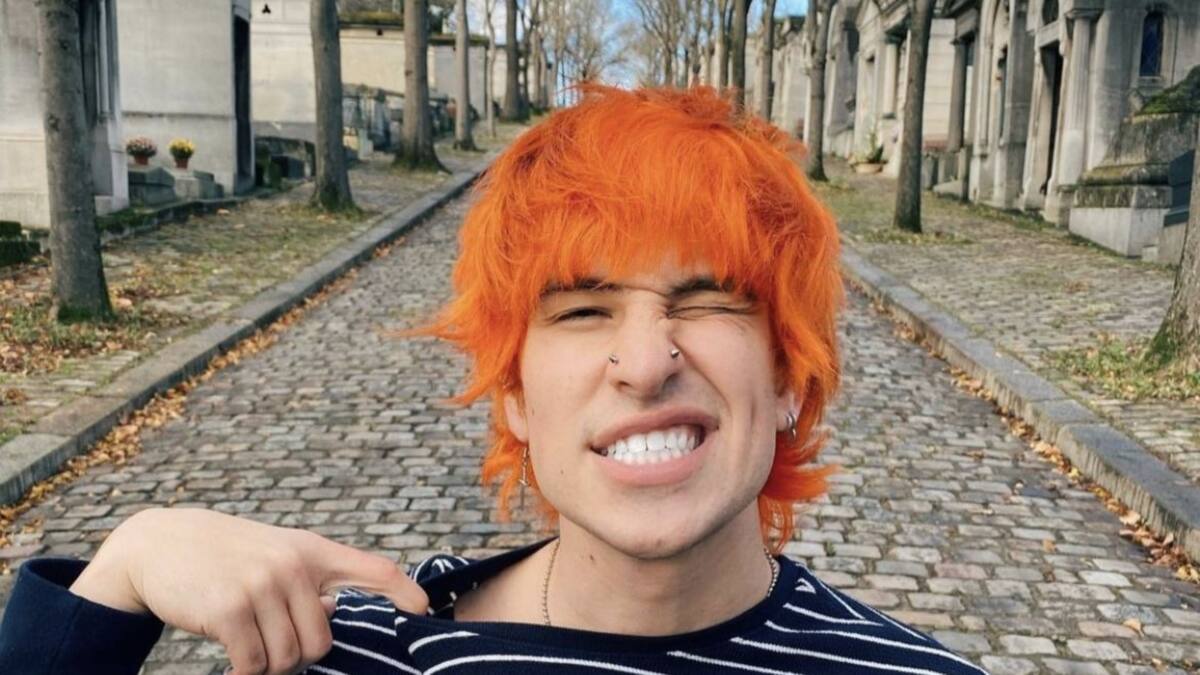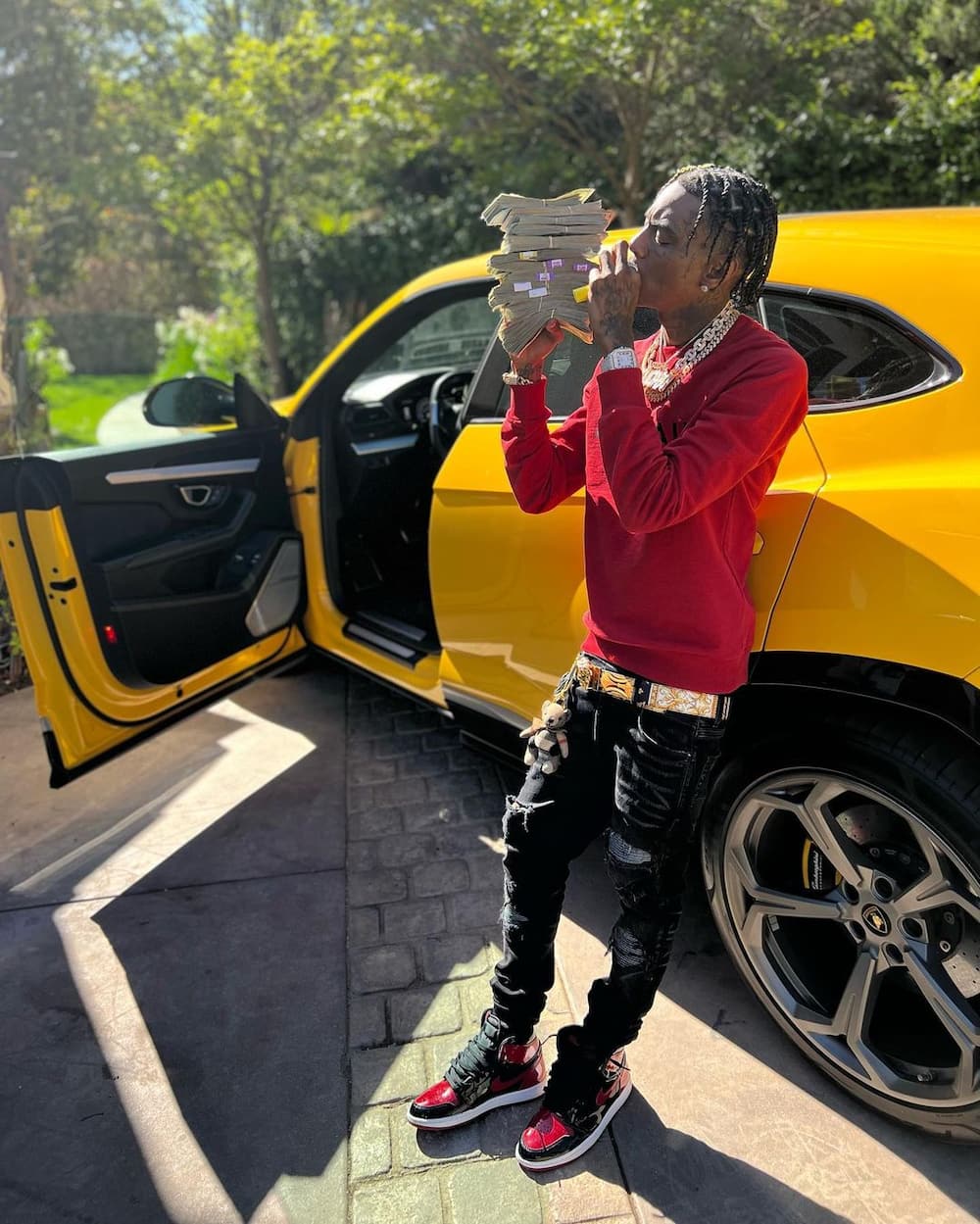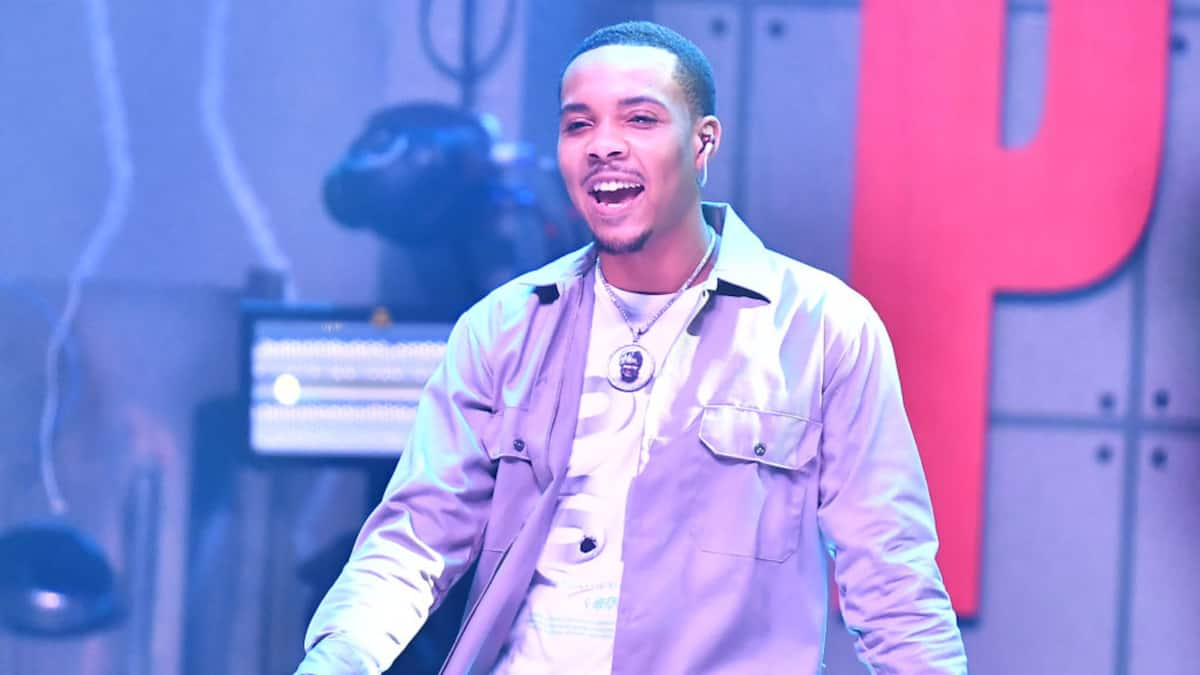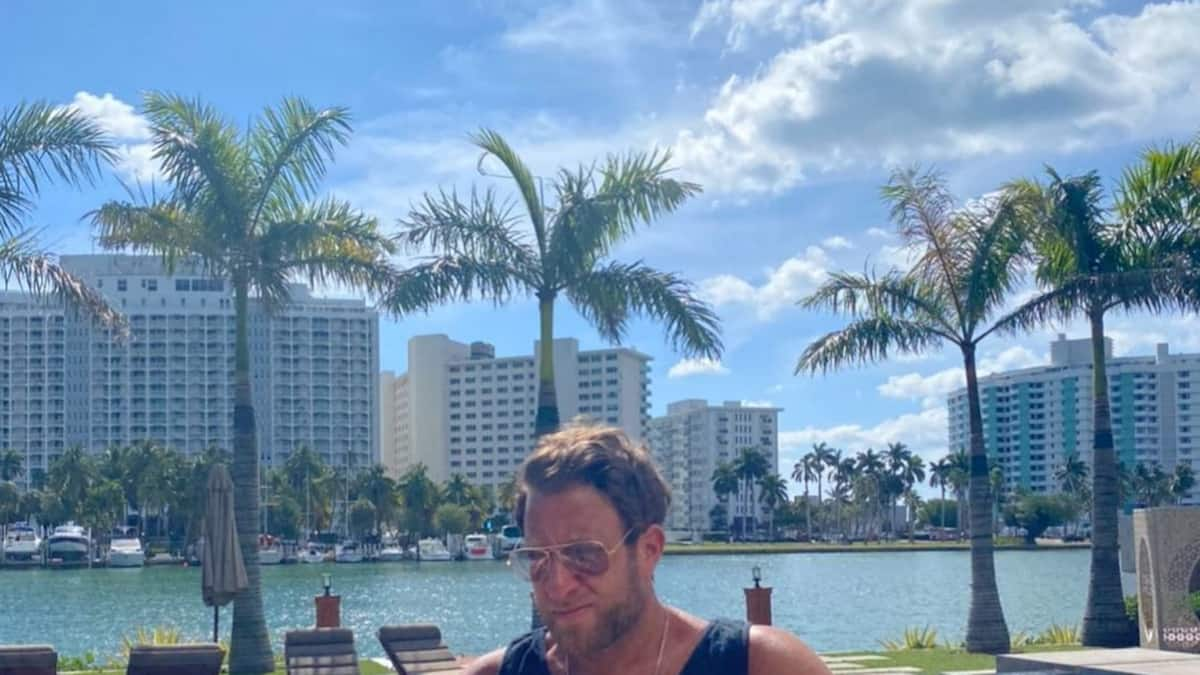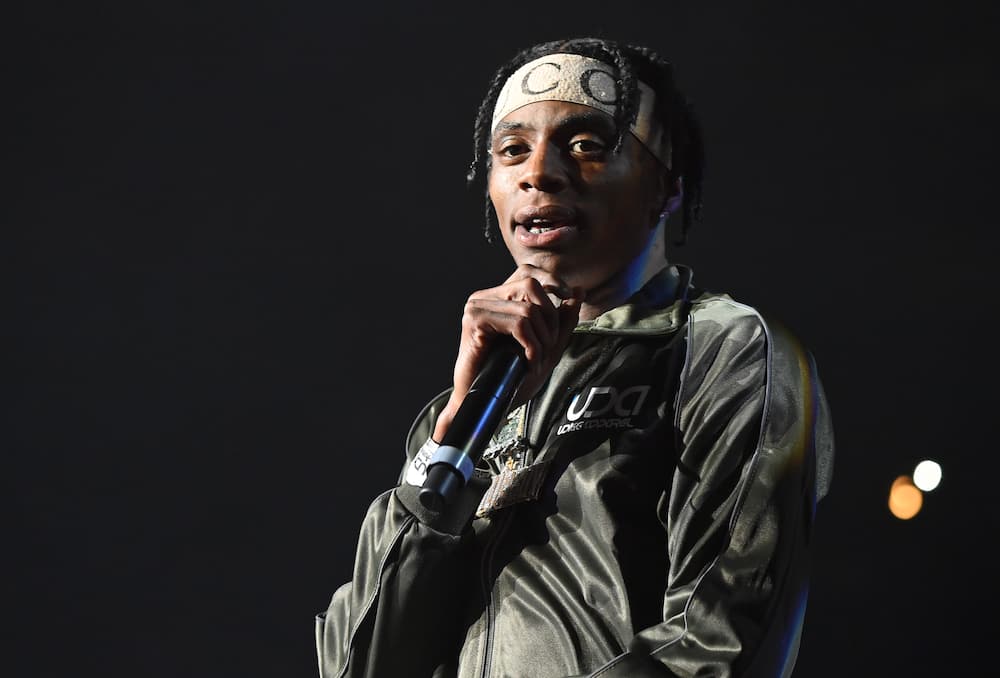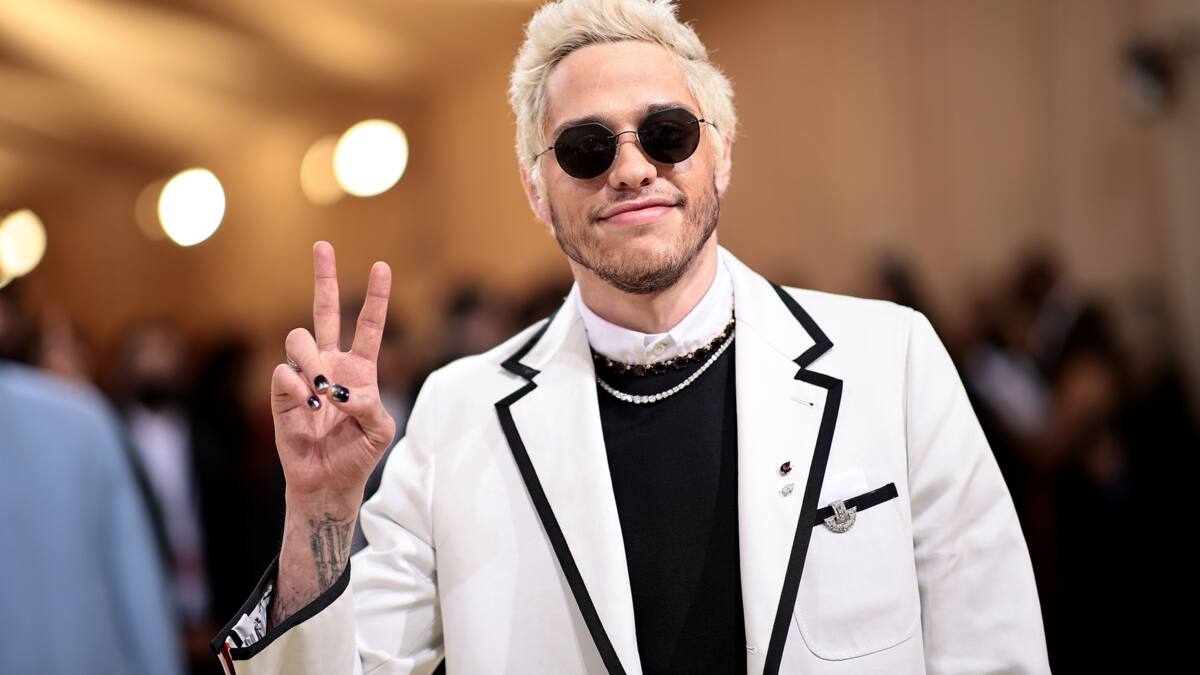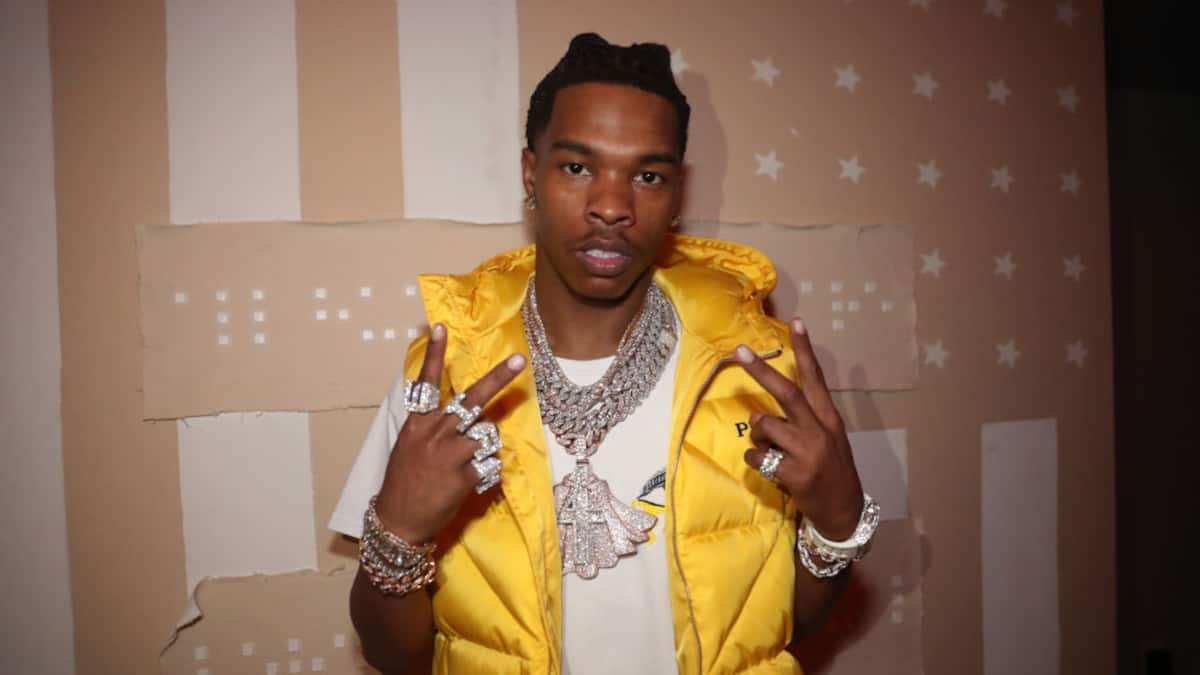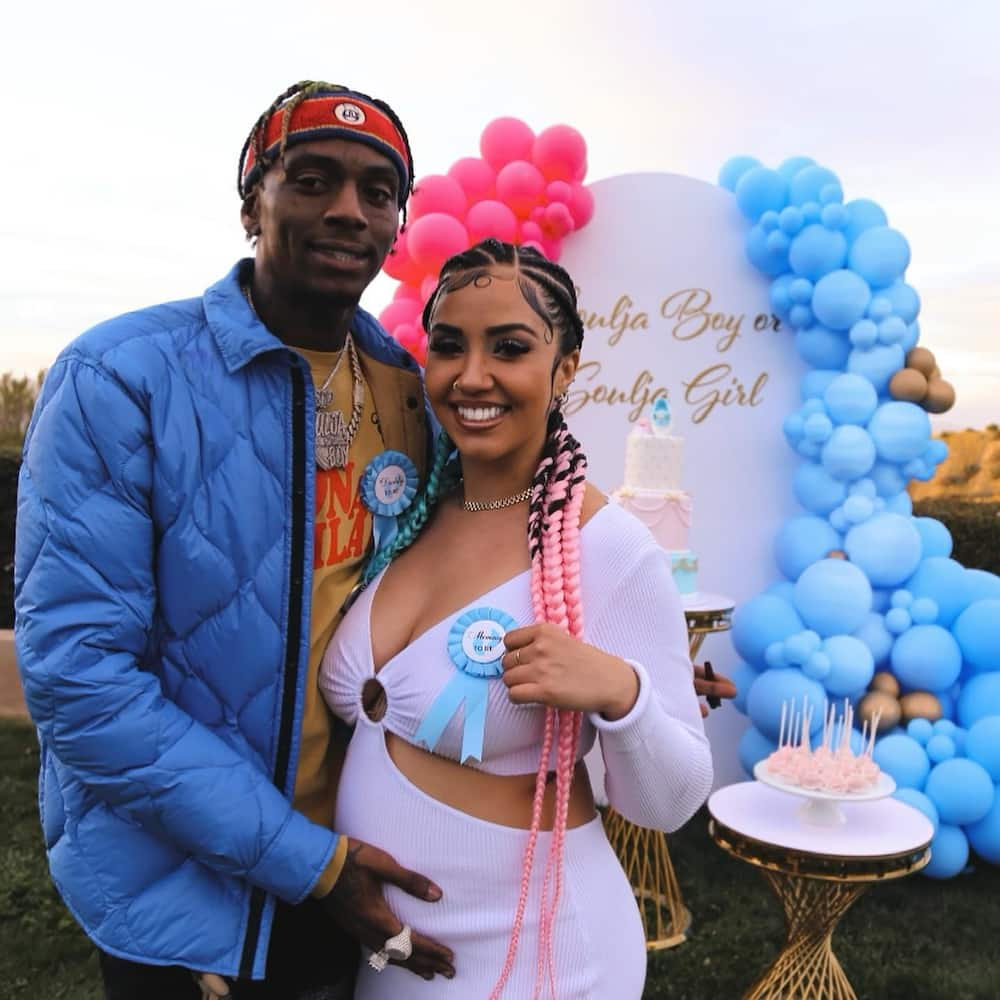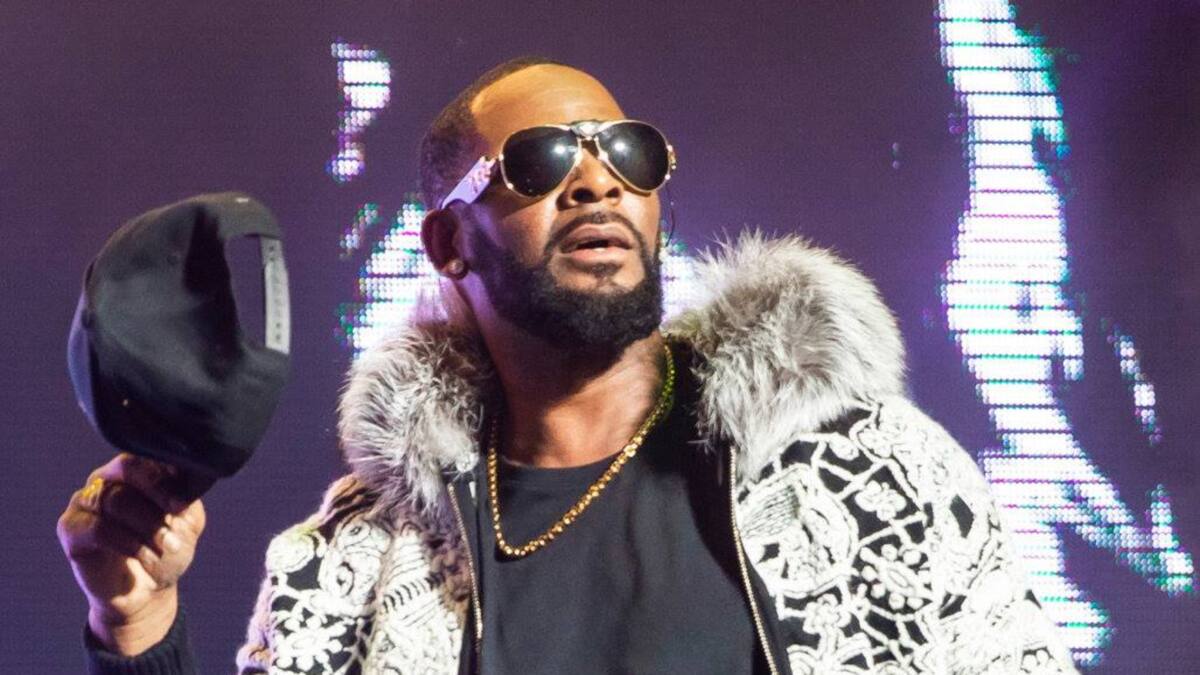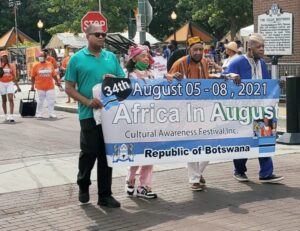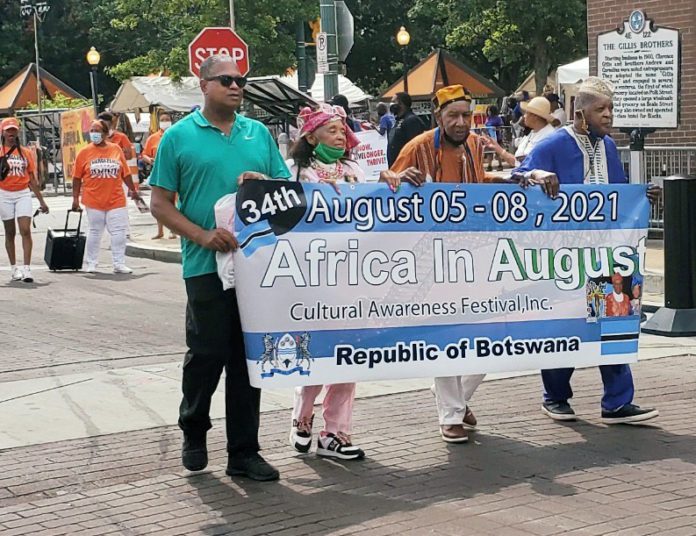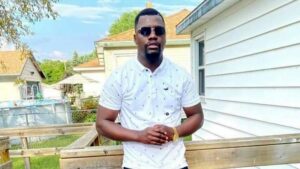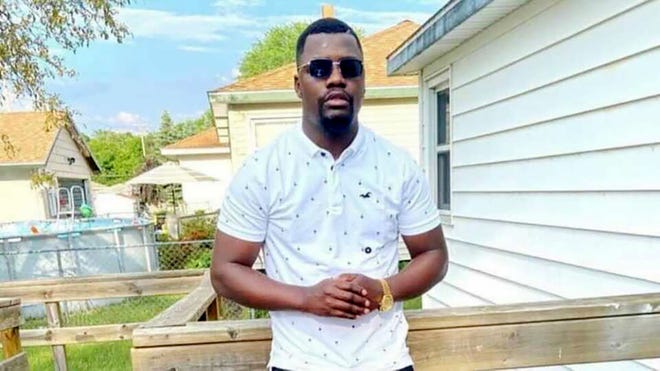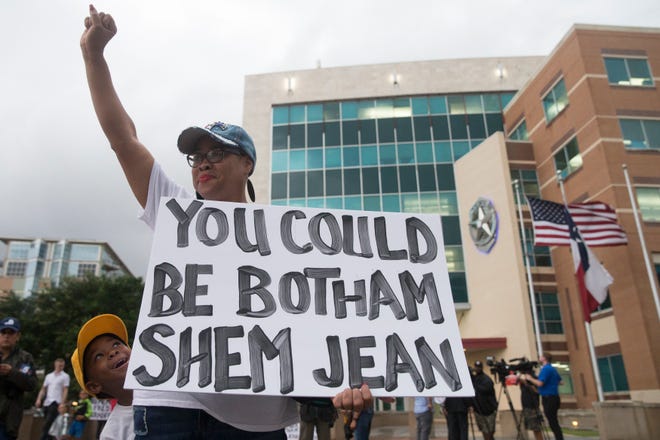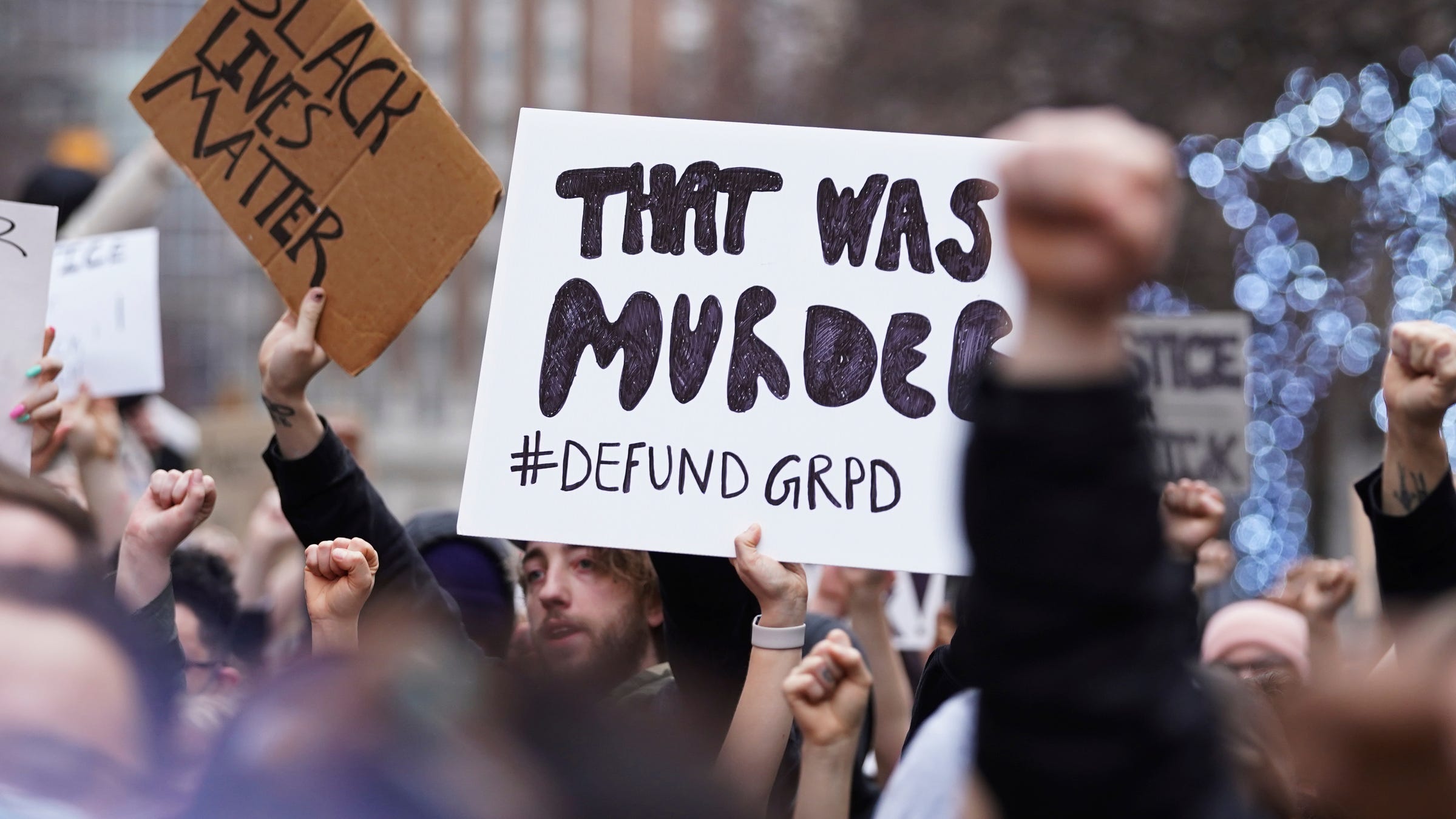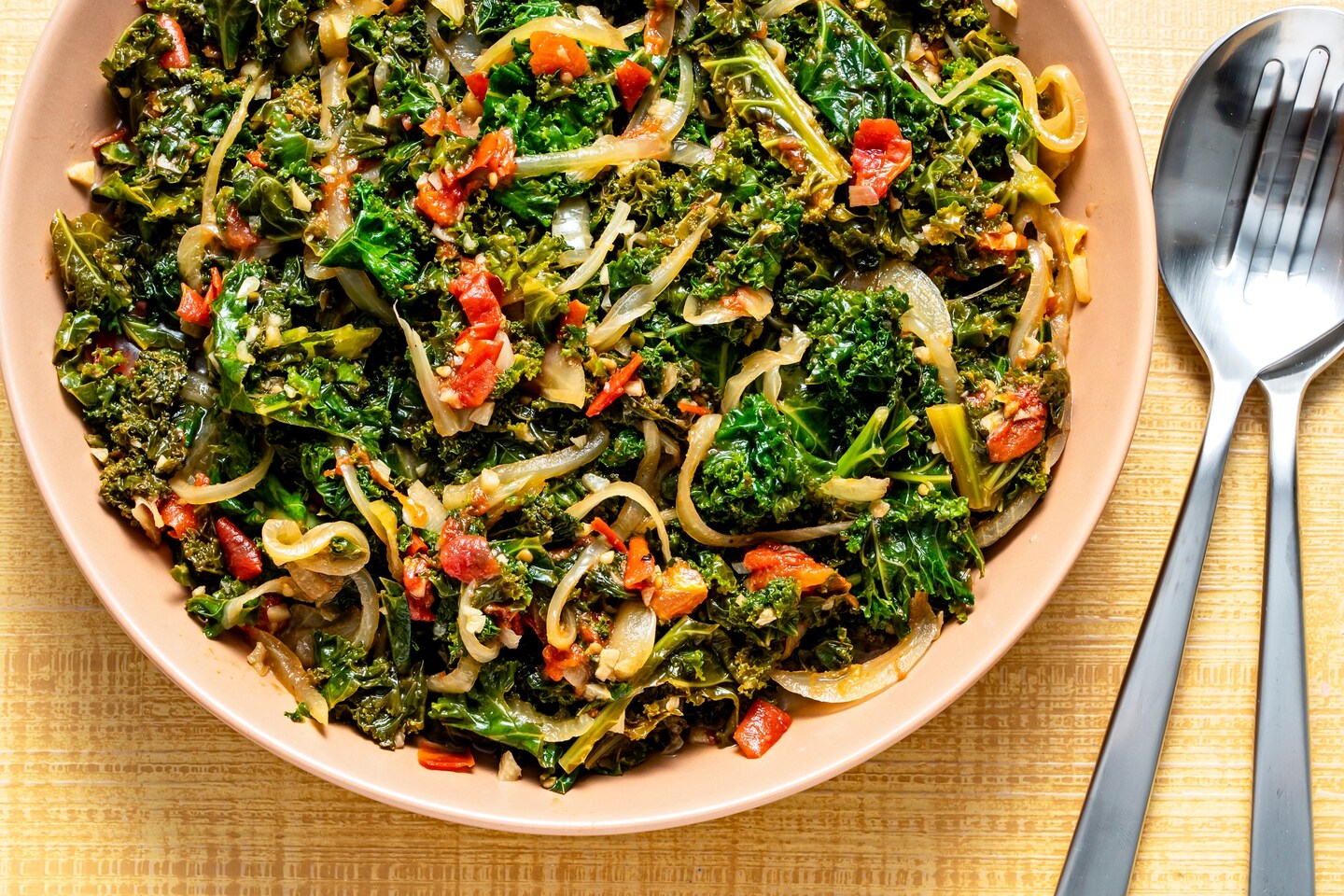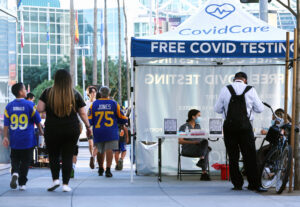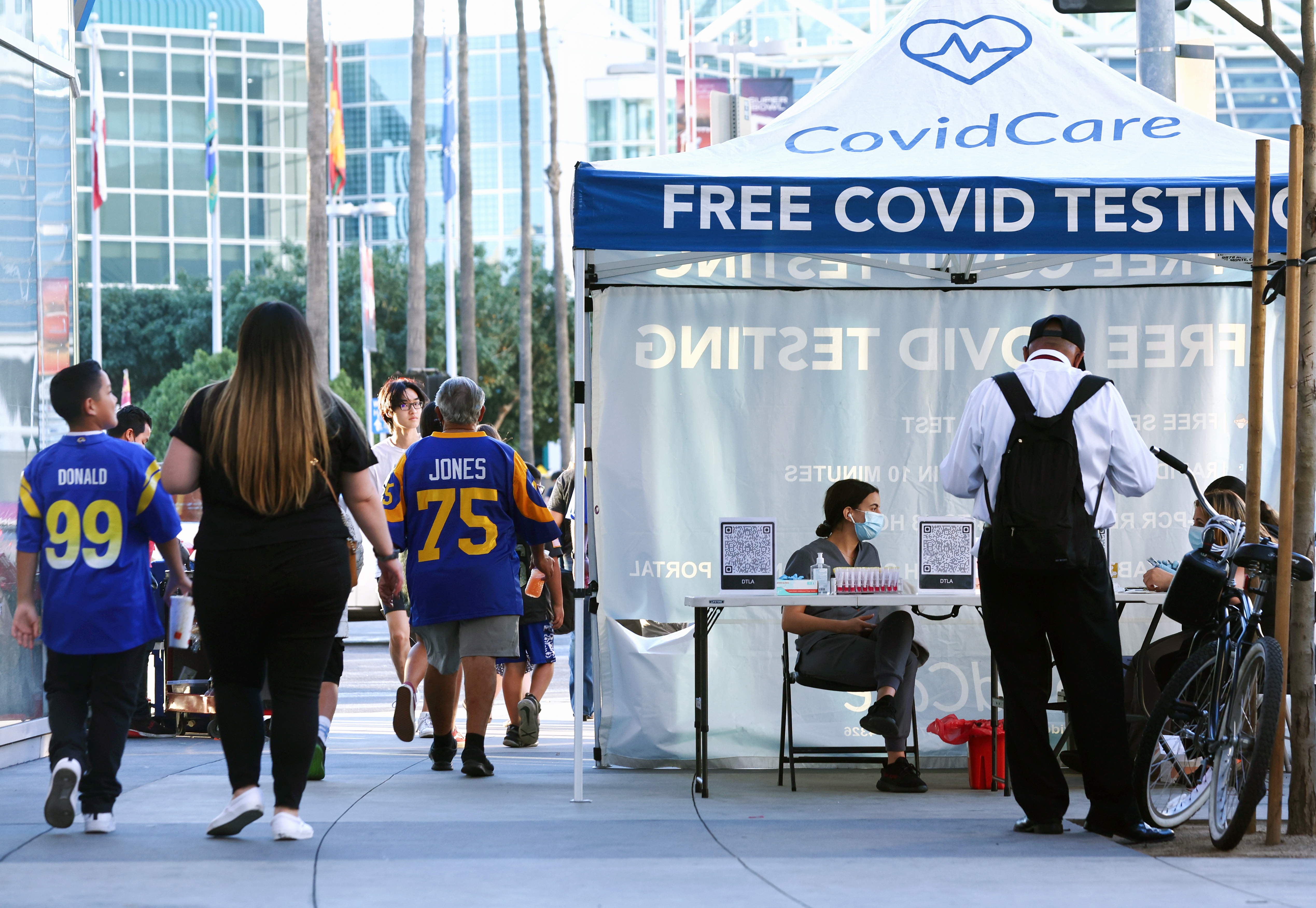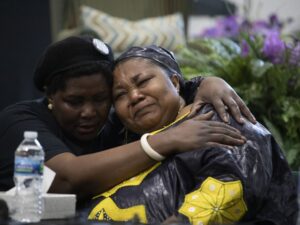
It was about five years ago that Patrick Lyoya first stepped into Restoration Community Church, a small United Methodist congregation just outside Grand Rapids, Mich. He was a new face, but he had a familiar story.
Like most of the congregation, Lyoya belonged to a sprawling African diaspora in Grand Rapids who came to the United States seeking safety and a better life. In Lyoya’s case, his family arrived as refugees from the Democratic Republic of Congo in 2014. They had escaped war and fear of persecution, and after more than a decade in a refugee camp, they seemed to have finally found a haven in Michigan.
America meant opportunity for the family, so when Banza Mukalay, the pastor at Restoration Community Church and himself a refugee from Congo, met Lyoya, he could sense a promising life ahead.
“He was a very young [man] who had the future, he had something in it,” Mukalay said. “You [could] see him just trying to look for himself how he [could] be better in the future.”
That future came to a sudden and tragic end earlier this month when Lyoya was shot and killed by a Grand Rapids police officer after he was pulled over for allegedly driving with an unregistered license plate. Video of the April 4 traffic stop released by the Grand Rapids police showed a brief foot chase followed by a struggle over the white officer’s Taser. The video ends with the officer shooting Lyoya in the back of the head while he was facedown on the ground. Lyoya was 26.
The harrowing video of Lyoya’s final moments has spawned days of protest in Grand Rapids over the death of yet another Black man at the hands of law enforcement. Nearly two years after George Floyd’s murder sparked a nationwide reckoning over racial injustice and police misconduct, Lyoya’s case, for many, represents a measure of the steep challenges that persist.
Yet for those who knew Lyoya, he is not a symbol. They knew him as a son, a brother and a father — a person of faith whose life was inextricably shaped by war. They remember him as someone who was quiet and kind, someone who loved music and soccer, but someone who loved his two children above everything else.
He worked hard and brought others joy
Lyoya was born in Congo — the first of Peter and Dorcas Lyoya’s six children. In an interview with the Detroit Free Press last week, his parents remembered him as a kid who always brought them joy.
“He is the type of person that you will love to be around,” Dorcas Lyoya said, adding that he excelled at putting her “in a good mood to make me laugh.”
Lyoya was born at a moment when war was just beginning to split their nation — a conflict with roots in the genocide in neighboring Rwanda and which ultimately resulted in the deaths of hundreds of thousands of people. The war would end in 1997, but only one year later a new conflict would erupt. Known as the Great War of Africa, it would last until 2003 and cost an estimated 3.8 million lives by one count.
War took the family from their home, and for 11 years they lived in a refugee camp, according to Robert Womack, a member of the Kent County Board of Commissioners in Grand Rapids who has been helping organize a funeral service for Lyoya scheduled for Friday. They were living in Malawi when they won asylum to live in the U.S., arriving in 2014 as part of a wave of refugees settling in Michigan from Congo.
In Grand Rapids, Lyoya’s parents landed odd jobs to make ends meet. Dorcas worked in a laundromat; Peter worked in a nursing home.
Lyoya, who was just entering adulthood around the time of the family’s U.S. arrival, soon went to work too. He worked in a small manufacturing plant helping to make auto parts, his father told the Detroit Free Press. He also worked at a turkey farm, according to Womack, as well as at a vacuum cleaner and appliance store.
Ramazani Malisawa, 33, says he worked with Lyoya at the appliance store for about six months starting around 2018. Malisawa, who is also from Congo, says they would often eat lunch together and talk about their lives in Africa and how it was they arrived in the United States. But he says these talks would only happen around lunch, because when it came to work, Lyoya was intensely focused.
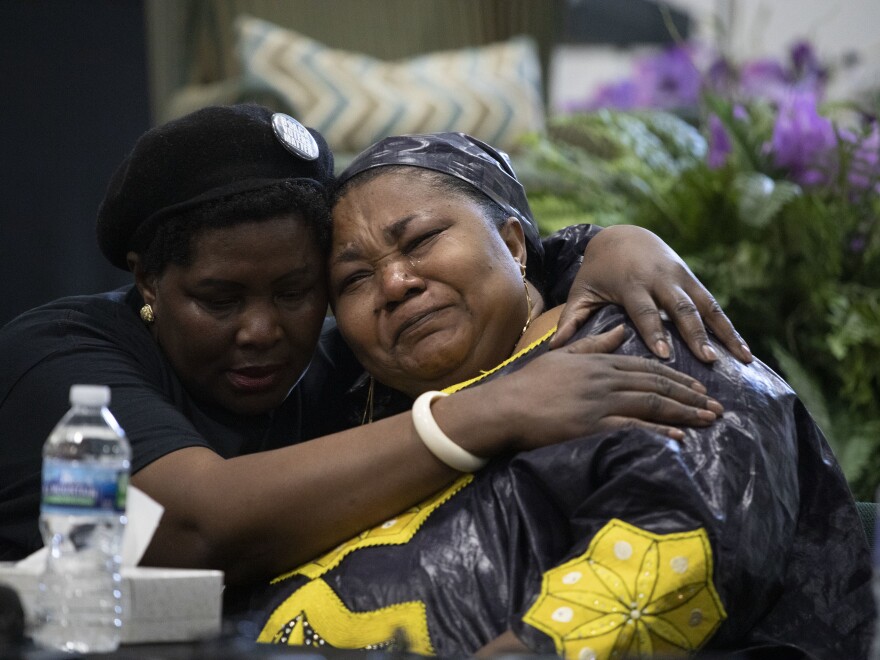
Bill Pugliano / Getty Images
/
Getty Images
“When he is working, he was not talking,” Malisawa said. “He was just focused on the work. He was a good worker and worked hard.”
It’s not that he was in love with the job, Malisawa said, but that it was important for him to be able to one day afford to send his two young daughters to school. He said he remembered Lyoya once telling him: “My kids, they will know we had a father, and our father — he worked hard.”
Outside of work, Lyoya enjoyed soccer, music and dancing. Womack said Lyoya would even teach Congolese dance traditions in clubs around Grand Rapids, and he shared the story of one local club owner who once watched Lyoya giving lessons.
“They said basically it was just peaceful and a joy,” according to Womack. “And even though some of the Americans that worked there didn’t understand the language, they said the vibe was just priceless … the vibe of joy in watching Patrick and his friends laugh and smile and dance.”
Lyoya also found community through his faith. Mukalay, the pastor at Restoration Community Church, said Lyoya wasn’t like many of the young adults he meets at the church.
“Some young people, they just come and then one day, two days, one month and then they quit or they just drop out,” Mukalay said. “He was ready to continue with us for a long time. So that’s why I say he was a young [man] who had the decision to do something better in life.”
His death has devastated the refugee community
Community leaders like Womack and Mukalay said Lyoya’s death has been particularly painful for the city’s Congolese population — a community that came to the U.S. to escape violence and felt they had found safety after years of war. It’s a grief, they say, that has forever changed their view of America.
“The difference between the Congolese families and some of the African American families who’ve been affected by state violence is the fact that the Congolese families are hurt and shocked that this could happen in the United States of America,” said Womack. “When I deal with African American families, they are hurt and mad, but they’re never shocked.”
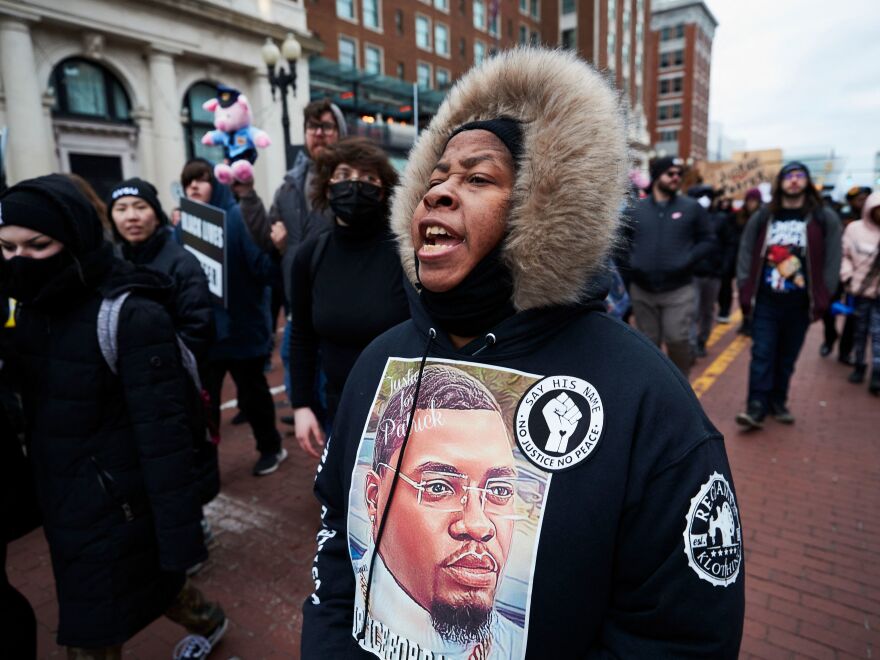
Mustafa Hussain / AFP via Getty Images
/
AFP via Getty Images
It’s a sentiment Lyoya’s mother shared with reporters during an April 14 news conference when the family called for criminal charges to be brought against the officer who killed her son. The shooting is under investigation by the Michigan State Police, but authorities have not released the name of the officer.
“I thought that we came to a safe land, a haven, a safe place,” she said, speaking through an interpreter. “And I start thinking now, I’m surprised and astonished to see that my friend — it is here that my son has been killed with bullets.”
“I was thinking it was my son who would bury me,” she said, “but I am the one burying my son.”
Copyright 2022 NPR. To see more, visit https://www.npr.org.

